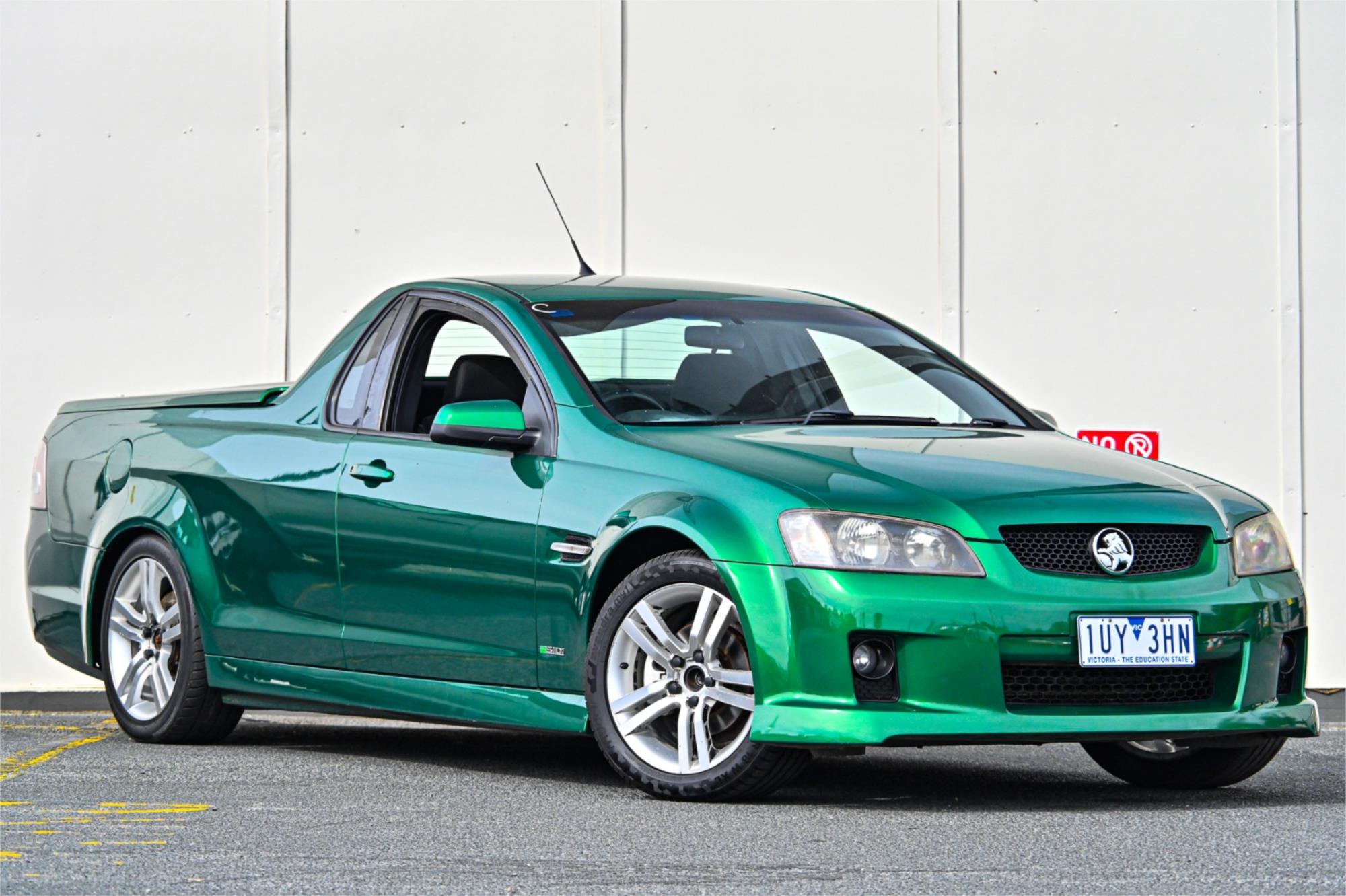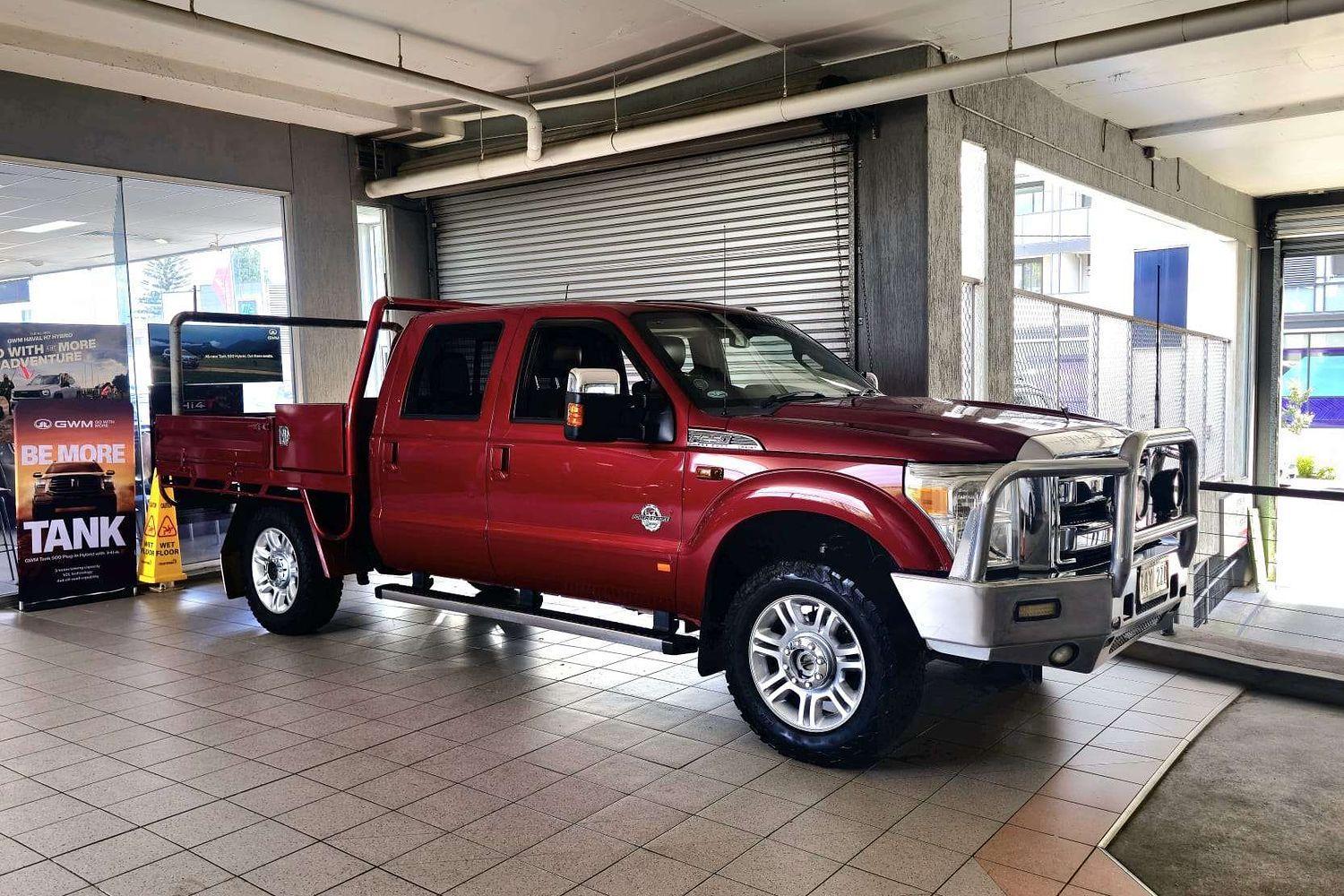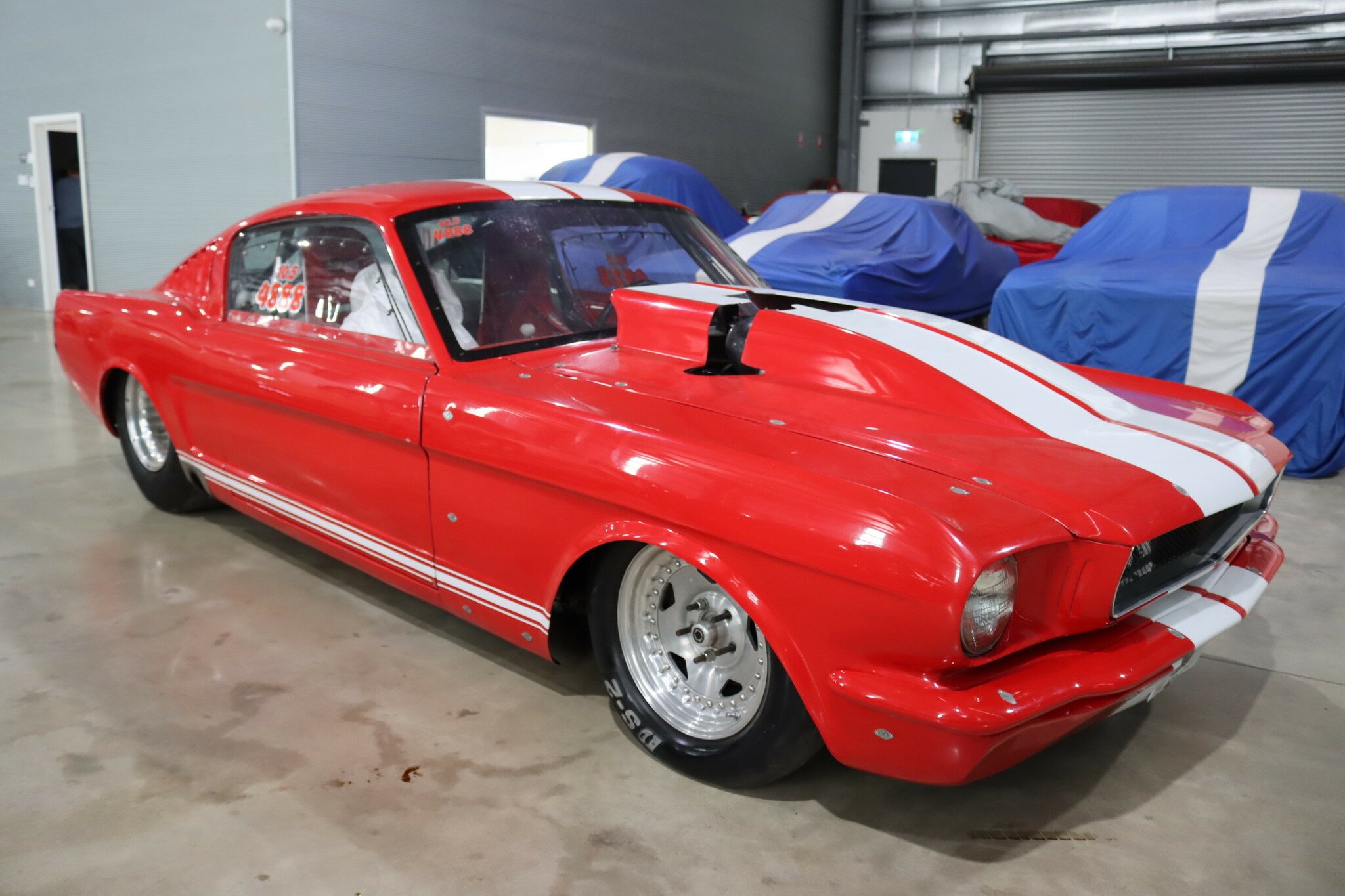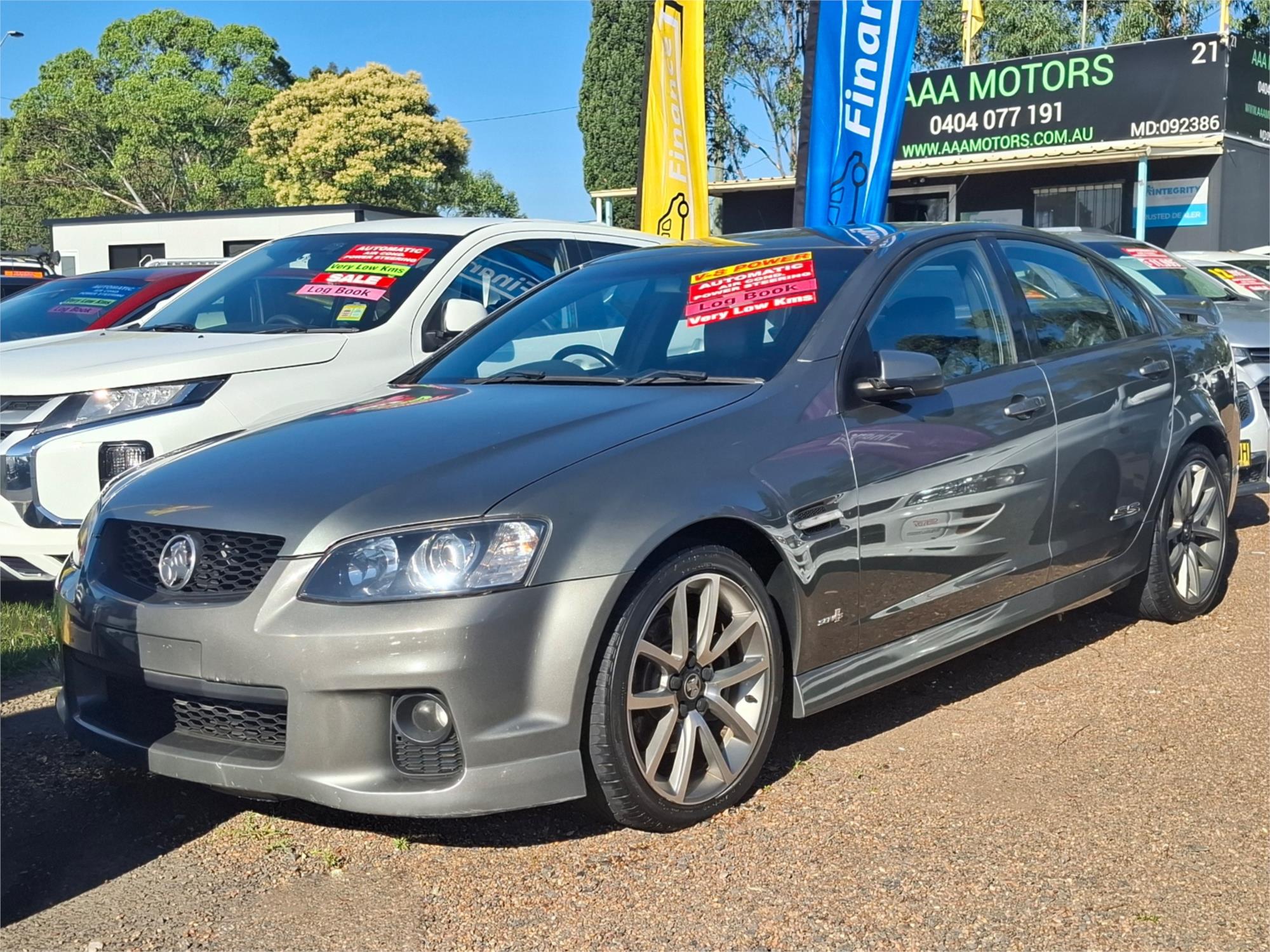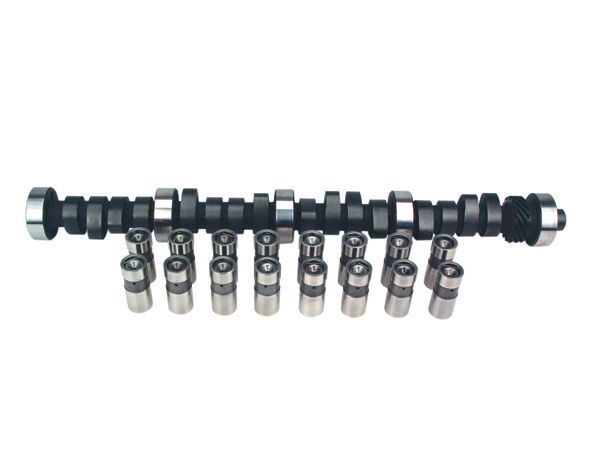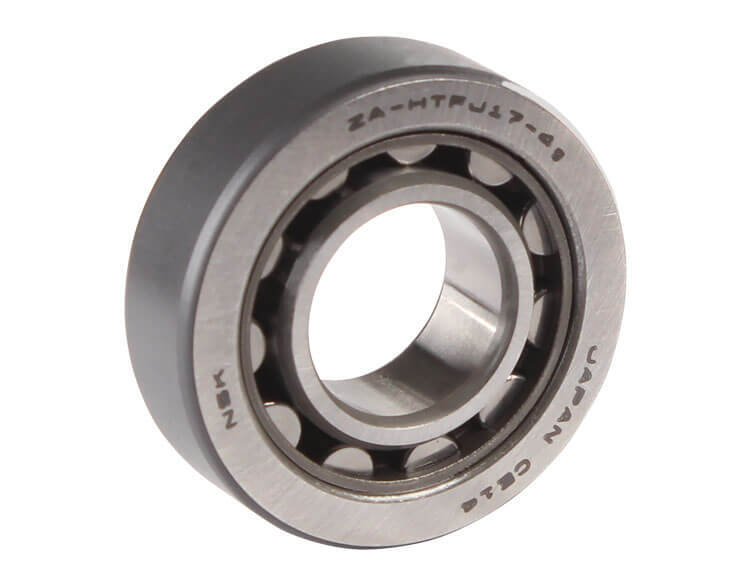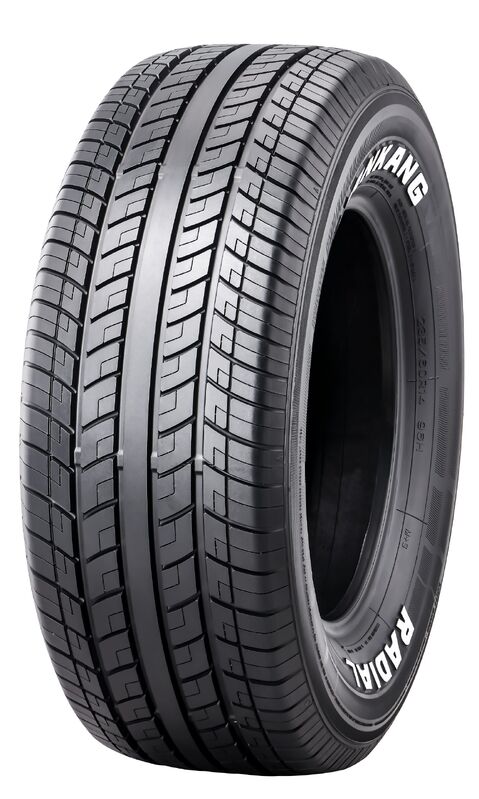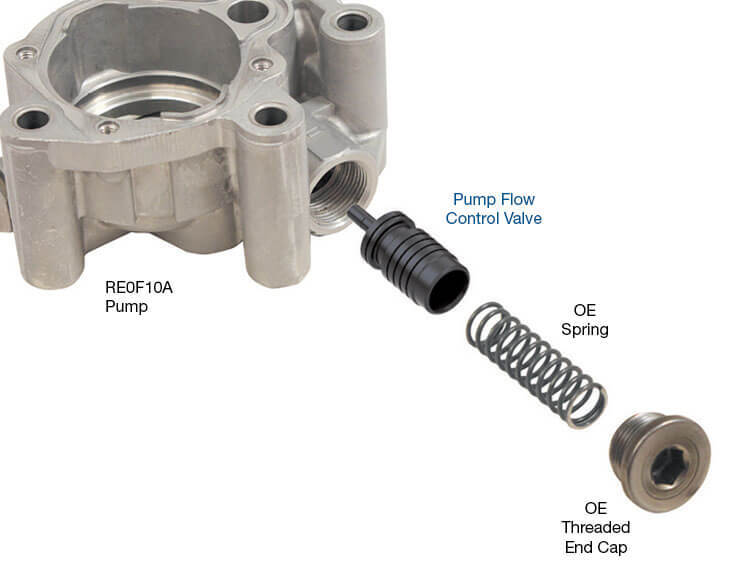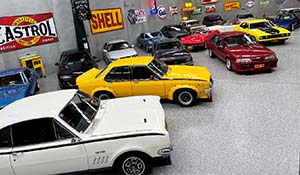Maserati Boomerang auctioned for AU$5.3M
The Boomerang is a rarity for a number of reasons: firstly, it's a one-off from one of the great marques in motoring; secondly, it's a running, fully drivable prototype; and finally, unlike many other show cars, it survived the crusher or another ignominious end after its display duties were over.
Crafted by Giorgetto Giugiaro of Italdesign, the Boomerang made its debut as a non-running prototype at the Turin Motor Show in 1972. A more radical continuation of the wedge-shaped 'straight lines, no curves' design themes already explored by Giugiaro on the Porsche-based Tapiro and Alfasud Caimano concepts, the Boomerang was based on the chassis of Maserati's new Bora, with sharp lines and an extremely shallow windscreen angle of only 13 degrees, while the doors featured two glass sections either side of the waistline crease that defined its angles and gave the concept an additional sense of speed and motion.
Inside, the Boomerang's main focus was the steering wheel, a radial-style design that featured all the gauges within the wheel's diameter. This necessitated that the steering column itself be split into two parts, connected by a chain, but still functional. Created at a time when safety concerns were growing, the steering wheel design also had provision for an airbag, although one was never fitted.
Ahead of its appearance at 1973's Geneva Motor Show (a few months after its Turin debut), the Boomerang had been fitted with the 4.7lt V8 and 5-speed manual transmission from the Bora; a drivetrain combination it retains to this day that's capable of propelling the car to a top speed of around 300km/h.
Such was the impact and interest in the Boomerang that it remained on the motor show circuit until 1974, despite Giugiaro himself believing he went "too far" with the design, describing the concept as "an attractive museum piece, nothing more".
After its final car show appearance in Spain, the Boomerang was sold to a cabaret owner in that country, who sold it on in 1980. The second owner commissioned a cosmetic restoration, after which the Boomerang was sold again, in 2002. That owner refurbished the car mechanically and reinstated some of the cosmetic changes undone earlier. Sold again in 2005, the car was more thoroughly restored (including an engine rebuild and new exhaust), after which it became a regular on the exhibition and concours circuit, appearing at the likes of Pebble Beach (twice), Villa d'Este and Maserati's centenary celebrations in 2014.
The star lot at Bonhams' second annual auction held in conjunction with the Chantilly Arts & Elegance event, the Maserati came to France with a pre-auction estimate of _3 - 4 million, which proved to be accurate, as the car sold for _3,289,500 (AU$5.3 million).
Other lots from the Chantilly sale included a one-off Maserati Mexico styled by Frua which sold for _621,000 (AU$990,800), and a number of convertibles, including Rolls-Royce Corniches and a Citroen DS19 'Chapron' convertible which sold for AU$366,965. Full results at:bonhams.com
Images courtesy of Bonhams









